2011.11.05 14:57
Quondam's Fifteenth Anniversary
Great Maytham in Kent of 1910 is Queen Anne, but not the Queen Anne of the 1870s. Here a great mansion of the early eifhteenth century was re-created with such a plausibility of craftsmanship that after only half a century it was hard to believe it was not two hundred and fifty years old. A somewhat smaller house, the Salutation in Sandwich of 1912, is similar and perhaps even more remarkable as an example of what is almost 'productive archaeology' on the part of a man who was not, in fact, at all archaeologically minded. Such houses are the twentieth-century equivalents of Devey's in the nineteenth century, but they often have a witty originality in the handling of traditional detail that has aptly been called 'naughty' and is peculiarly personal to Lutyens.
Hitchcock, 1958
Robert Venturi, the most famous architectural thinker of his generation, was standing in the living room of his most famous house last week, making small talk with longtime Chestnut Hill friends, when in walked the most famous architectural thinker of the current generation, Rem Koolhaas.
In architectural terms, it was akin to the moment when Clinton met Kennedy, when Nabokov met Tolstoy, when Balanchine met Diaghilev. It was the young revolutionary meeting the old.
Koolhaas, 58, who became his profession's latest "starchitect" this spring with the opening of the new Prada boutique in New York's SoHo, was in Philadelphia to deliver a lecture. But first, the Dutch-born architect wanted to see the 1964 Chestnut Hill house that put Venturi on the map - and challenged the modernist hegemony. Venturi, 77, offered to conduct the tour of the home, now owned by the Hughes family.
It wasn't a complete clash of the generations, but it wasn't complete understanding, either. Venturi wore tweed. Koolhaas wore what looked suspiciously like Prada.
Venturi's little Chestnut Hill house, which is now considered a landmark of 20th-century architecture, seemed barely big enough to contain the lanky, 6-foot-6 Koolhaas, who strode into the house like a general and inspected the split staircase and the square, postmodern windows. Koolhaas spoke mainly with his eyebrows.
While radical in their day, those architectural features have now become so widespread that Venturi had to take pains to make sure Koolhaas knew how groundbreaking they once were.
"There are a lot of naughty things here," Venturi explained to his younger colleague as they walked outside to look at the chair rail that girds the exterior - a decorative touch that gave the modernist architectural establishment fits. "That took a lot of courage to do," added Venturi, who also challenged conventional thinking with his books, Complexity and Contradiction in Architecture and Learning from Las Vegas.
Koolhaas, who was once compared to a motionless frog waiting to snap at a fly, assimilated Venturi's account with a barely perceptible purse of the lips.
"Did you feel it needed courage?" the Dutchman asked, after a moment.
Later, Koolhaas explained that he was a great admirer of Venturi and his partner, Denise Scott Brown. "Their interests were really revolutionary," he said. "It's baffling to me that they are treated with such skepticism."
Saffron, 2002.04.17
Yes, yes, yes to all the electronics, wall as sign, Dutch silences and possible revenge(s), but how is one to be really "naughty" these days?
Lauf, 2002.04.18
| |
2011.11.12 13:25
Importance of Hotel Sphinx (from Delirious New York)?
For a start, make sure you note that Hotel Sphinx (1975-76) is a design by Elia and Zoe Zenghelis, and the text on Hotel Sphinx within Delirious New York (1st edition, pp. 244-47) is also by Elia Zenghelis.
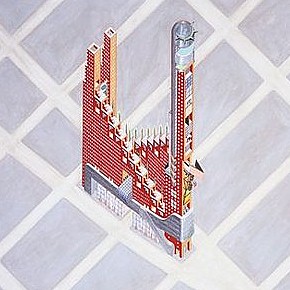
Roberto Gargiani in Rem Koolhaas/OMA: The Construction of Merveilles also nicely places Hotel Sphinx within the broader OMA and architectural context.
2012.05.24 18:06
the ethics of parametricism/emergent architectural thought and reification
I somewhat feel the need to make clear that my view of parametrics and biomimetics is largely based and focused on the images that each 'discipline' generates. I played with the notions of imagination as the computational construction of images and imagination as the mental construction of images. I understand that there is also the potential to manufacture the computational images, but such manufacture is not exclusive to parametrics or biomimetics--I have a lot of 3d data that could be manufactured, and most of it is not parametric or biomimetic.
tammuz, it's unfortunate that your OP is not seen for the constructive criticism that it is--essentially drop the metaphors and use the skill sets toward real world applications or at least toward an applicable theory of building/architectural design.
I thought you might be referring to Somol, Whiting, etc., but what actual designs reflect their 'theory'? (I'm asking because I'd then better understand your point.) I personally find OMA's Patent Office, as featured within Content (2004), to be a much more relevant example of design theory for today. Plus just taking note of current design trends, for example:
appositional:
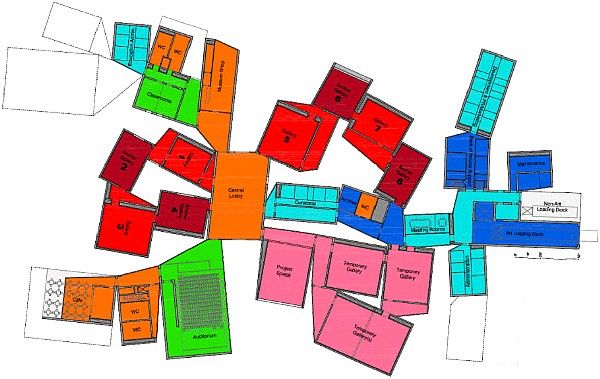
voxelation:

stacked extreme cantilevers:
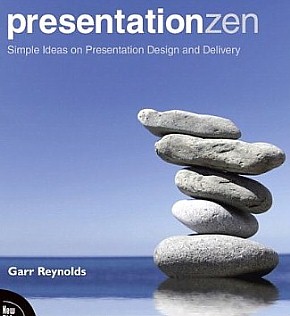
mat/box/blob combinations:
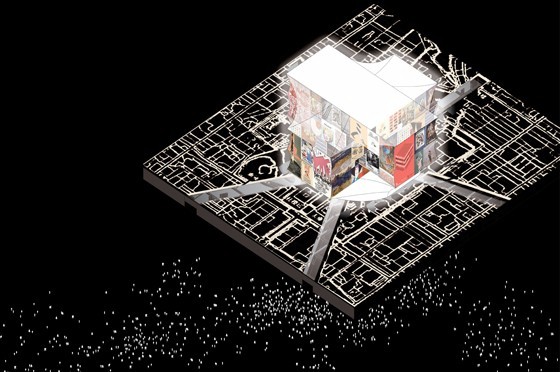

Zaha Hadid Architect's Guangzhou Opera House certainly sets a high standard for parametric design. From what I know of the building, I like, and indeed marvel that such a building is possible to build (although there are post-construction problems like leaking and apparently many granite panels have/had to be replaced):
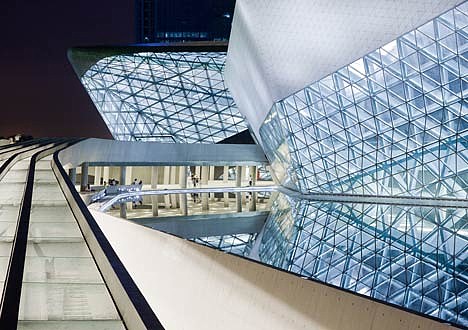
For me personally, I'd like to see parametric design (and biomimetic design) less a closed, hermetic system, rather mixed with other current design trends.
| |
2012.06.12 14:36
Why is architectural theory so hard to read?
For lots of reviews of The Possibility of Absolute Architecture google search aureli “absolute architecture”. There’s even a link to an almost 2 hour video of Aureli speaking on the subject, and google/books offers a substantial preview of the book.
Lotus International 19 happens to be the first Lotus magazine I ever bought, so its contents are (still) fairly well ingrained within my memory. Looking over "Cities within the city" (again) last night reminded me of another subsequent Ungers essay--"Architecture of the Collective Memory"--also published within Lotus, this time Lotus International 24 (1979). I personally remember this essay as something I really connected with, something that I really liked the idea of, but I don't think I've (re)read the essay in many years. Of course, I reread "Architecture of the Collective Memory--The infinite catalogue of urban forms" last night, and wow, it like blew me away because what Ungers relates is exactly how I've come to see Piranesi's Ichnographia Campus Martius, that is, as a whole city of architecture of collective memory, indeed an infinite catalogue of urban forms (e.g. 3123h, 3123i, 3123j, 3123k). Interestingly, such a view of the Ichnographia Campus Martius is what Aureli (and Eisenman) do not (want [you] to) see the Ichnographia Campus Martius as.
Being restless, I continued to read more of The Possibility of Absolute Architecture. I read the Boullče chapter and stated the Ungers/OMA chapter (five). Ten pages into chapter five you encounter material on the Havellandshaft, which is how Ungers ends "Architecture of the Collective Memory," yet Aureli nowhere mentions the "collective memory" aspect of the Havellandshaft (nor does Aureli footnote reference "Architecture of the Collective Memory--The infinite catalogue of urban forms" in Lotus International 24).
I now feel inspired to write a book entitled The Reality of Convenient Memory Architecture, theory even.
"Architecture of the Collective Memory" begins with these passages:
In his book Invisible Cities Italo Calvino invented an imaginary conversation between the Venetian traveler Marco Polo and the great emperor of a distant country. "At this point Kublai Khan interrupted him or imagined interrupting him, or Marco Polo imagined himself interrupted, with a question such as: 'You advance always with your head turned back?' or 'Is what you see always behind you?' or rather 'Does your journey take place only in the past?'"
All this so that Marco Polo could explain or imagine explaining or succeed finally in explaining to himself that what he sought was always something lying ahead, and even if it was a matter of the past it was a past that changed gradually as he advanced on his journey, because the traveler's past changes according to the route he has followed: not the immediate past, that is, to which each day that goes by adds a day, but the more remote past. Arriving at each new city, the traveler finds again a past of his that he did not know he had: the foreigness of what you no longer are or no longer possess lies in wait for you in foreign unpossessed places.
2012.07.17 17:06
koolhaas' Junkspace
Again from Stern's "Notes on Post-Modernism"...
By post-modern, I believe Eisenman really meant anti-Modern Movement; moreover, I think he hoped it might also be against the Western humanist tradition. But as I hope to demonstrate, and as I see it, the term postmodern really describes a condition that comes after and is in reaction to the Modern Movement, and attempts to effect a synthesis between it and other strains of the Western humanist tradition.
If you look at the architecture that subsequently became the foundation of Post-Modern Architecture, you indeed do see a synthesis between the Modern Movement and other (older and/or concurrent) strains of the Western humanist tradition.
Conversely, Junkspace is not a synthesis, but rather a by-product, an undesigned residue paradoxically emanating from our ever-expanding (overly?) designed built environment. Junkspace is there although no one specifically designed it, yet it might not be there so much if designers weren't so intent on designing everything[?].
| |
2012.09.12 18:52
fashion statements 2001-2012, what's next?
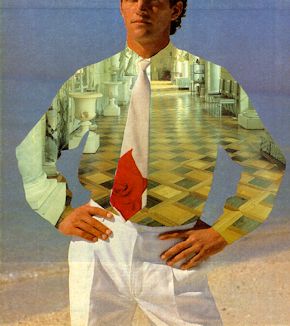 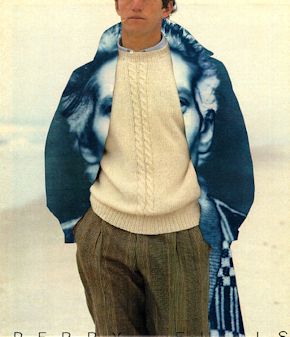 
Stephen Lauf, Fashion Statement 002, 2001.06.20
Stephen Lauf, Fashion Statement 005, 2001.06.20
Stephen Lauf, Fashion Statement 008, 2006.02.25
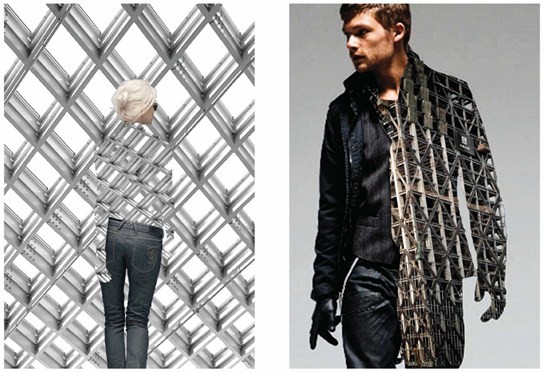
OMA, G Star RAW vs. OMA, 2012
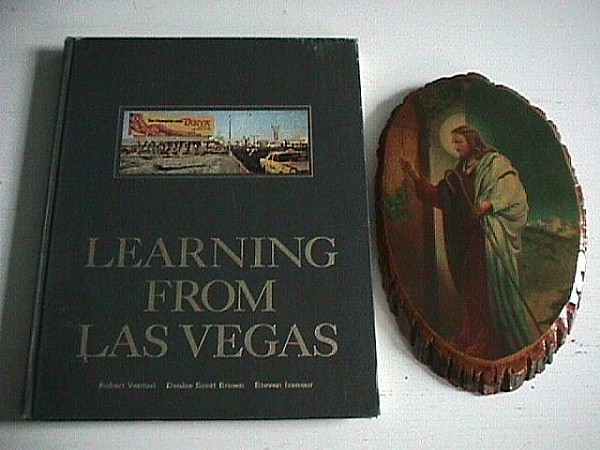
If OMA/AMO is looking for some inspiration in 2014 or 2015, then may I suggest something I did in 2004.
|